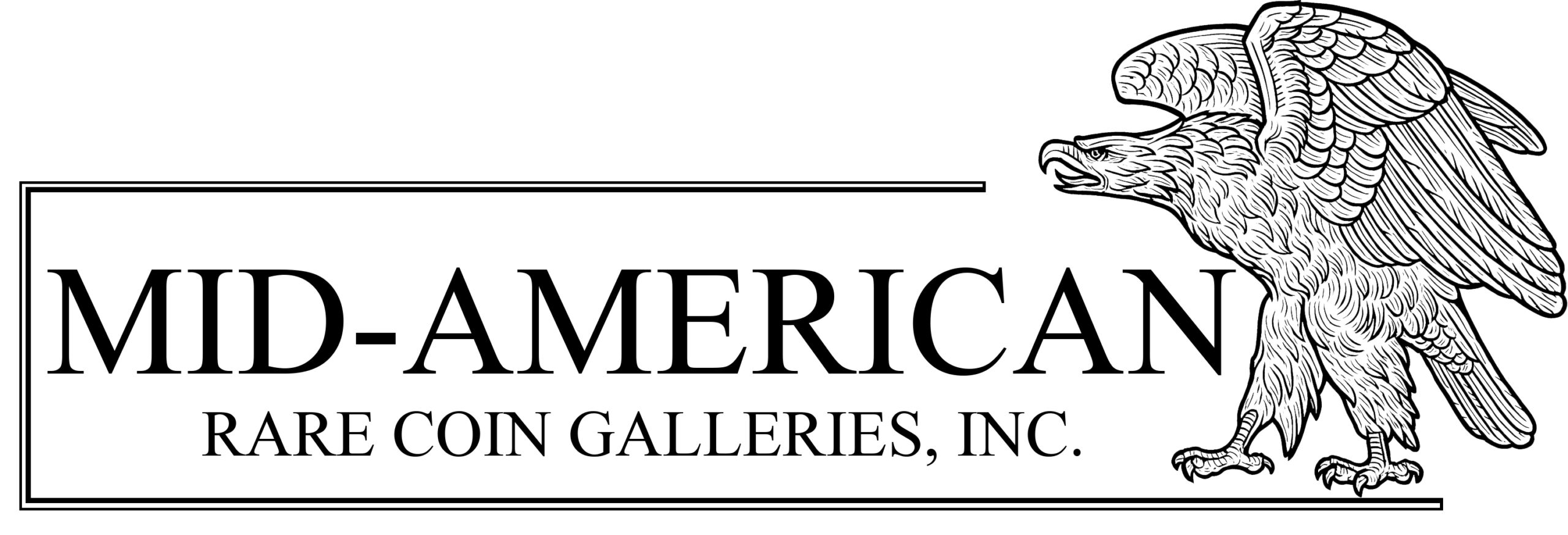Rare coins combine beauty, craftsmanship and historic significance into a fascinating collectible. For many collectors, buying rare coins also has produced mid- to long-term profits. Some rare coins can increase in value tremendously, making diligent, discriminating collectors quite wealthy.
Even for collectors who wish only to store value effectively or generate modest returns on resale, rare coins offer several advantages over other collectibles, including:
Intrinsic Value: Gold and silver coins have intrinsic value, not only as legal tender, but also by virtue of their precious metal content. Although they trade at a premium over this value, rare coin prices are not solely dependent upon dealers’ maintenance of an investor market. Although coin prices can be quite volatile, collector demand is basis of the rare coin market.
Documented Rarity: The total number of each U.S. rare coin cannot be greater than the number actually minted, which is a matter of public record. And because U.S. rare coins have been studied and traded throughout most of the 20th century, the number of surviving coins from each issue is, in most cases, well researched and documented. Of course, the periodic appearance of a previously undocumented coin is always exciting.
Independent Grading: The authenticity and condition of rare coins are subject to independent verification. Grading services like NGC and PCGS are trusted by auction houses, dealers, collectors and investors.These services have certified billions of dollars in coins over the past 20 years and have backed their work with guarantees. Independent price guides publish “bid” and “ask” prices of rare coins based on recognized grading standards.
Liquidity: Rare coins are bought and sold daily in a world-wide marketplace that includes major auction houses, thousands of dealers, nationwide coin shows and computer buy-sell networks. This gives rare coins a liquidity that simply does not exist with other collectibles. It is simple to monitor the market value of a carefully assembled rare coin collection by consulting trade publications and talking to professional numismatists.
Affordability: Rare coins come in every price range. Investors do not have to risk large sums of money to invest in rare coins, and they can cost-average to further hedge their risks. Even a small initial investment can grow through careful management and strategic acquisitions, always within the investor’s budget.
Buying From a PNG Dealer: Perhaps most important, the Professional Numismatists Guild (PNG) gives rare coin investors and collectors a number of protections not found with other collectibles. A coin dealer must pass a background check, meet financial requirements and obtain the approval of his peers to become a member. To remain a PNG member, a dealer must conform to a strict code of ethics. Disclosure requirements exceed those in any other collectibles area and are more stringent than the federal government’s requirements for tangible asset investments. In the event of dispute, a member must abide by binding PNG arbitration, which is swift, unbiased and inexpensive.
All collectibles investments are risky, but only in the rare coin business have dealers joined together — through the Professional Numismatists Guild — to protect the interests of collectors and investors.
Conclusion: There is no better mirror of the past than tangible objects left by civilizations and societies that flourished and declined throughout history. And of all the remnants of prior generations, perhaps none is more widely available, more affordable and more intriguing than the coins used by ordinary people. Although everyday objects from ancient civilization, such as clothing, jewelry and artwork, have all but disappeared — or are priceless museum pieces — the magnificent copper, silver and gold coins used to purchase those items survive in sufficient quantities to enable even those of modest means to acquire and appreciate the art of centuries past.
